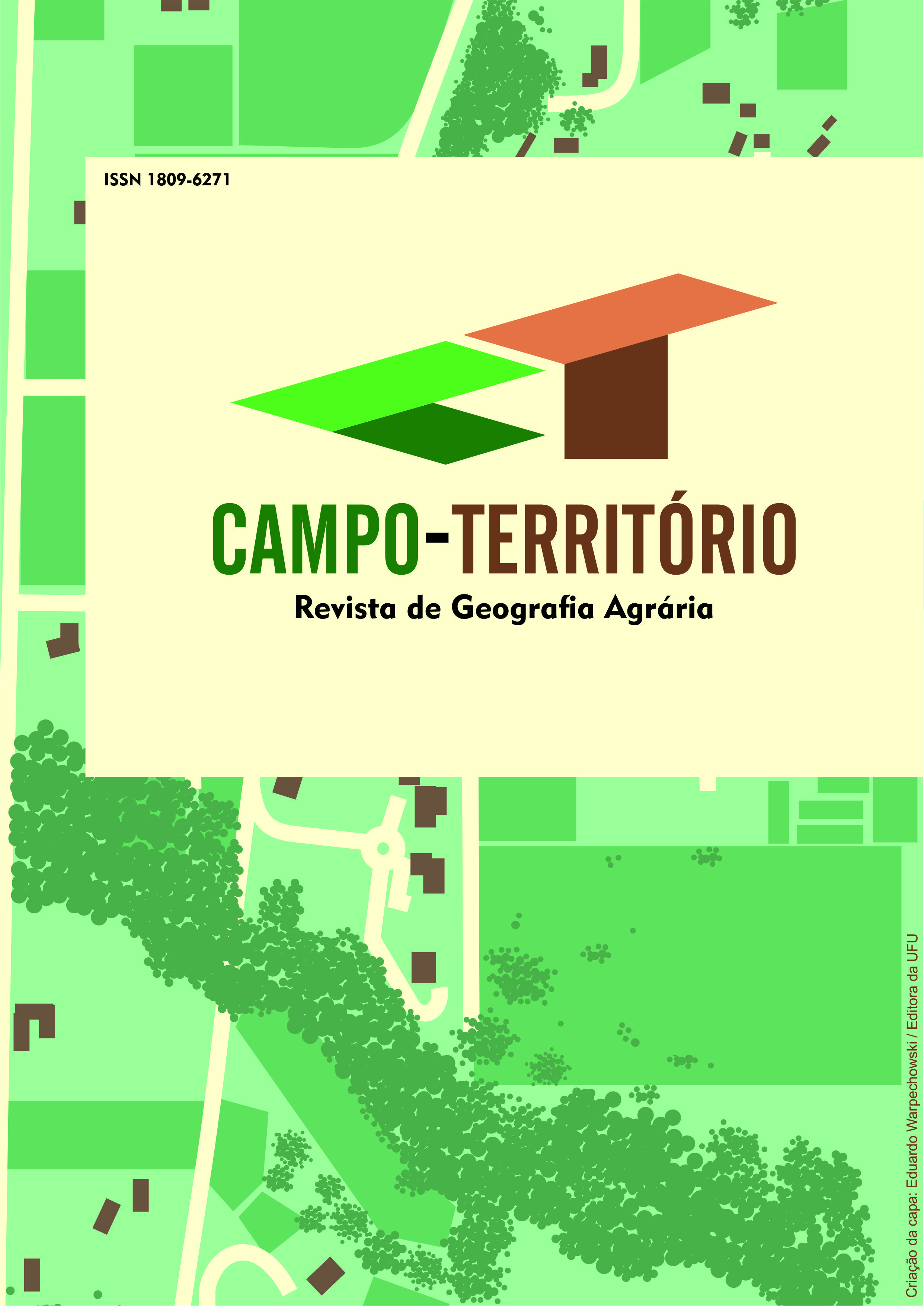The challenge of proving causality in lawsuits for pesticide contamination
limits of Brazilian judiciary in mitigating this socio-environmental impact
DOI:
https://doi.org/10.14393/RCT185271608Palabras clave:
pesticide, contamination, causal link, public healthResumen
Despite the long history of research into the risks caused by the extensive use of pesticides to the environment and human health, it is still challenging to identify the causal link between the event and the damage, that is, proving that a specific product, on that occasion, caused that damage. The present study aims to analyze this difficulty in liability suits for pesticide contamination, as this evidence is essential for the lawsuit to be successful. Authors such as Bombardi (2017) and Pignati et al. (2017), among others, contributed to the writing. Jurisprudential research was carried out in the states of Mato Grosso, São Paulo, Pernambuco, and Paraná, as well as interviews with judicial experts and a public labor prosecutor. In jurisprudence, it is clear that damages to human health and crops mainly trigger the judiciary which, in approximately half of the decisions, the causal link was not established, with the main obstacles being the failure to prove the relationship between pesticides and diseases, and pesticide drift to locations other than where it was applied. During the interviews, the complexity of these products was reported, as they are only identified under particular temporal, spatial, and quantity conditions. The combination of these analyses demonstrates the need for investment in inspection and monitoring policies, as well as laboratory structures, so the judiciary can be more effective in its actions, in addition to reviewing the pesticides allowed in Brazil and their maximum tolerated quantities.
Descargas
Descargas
Publicado
Cómo citar
Número
Sección
Licencia
Derechos de autor 2024 Revista Campo-Território

Esta obra está bajo una licencia internacional Creative Commons Atribución-NoComercial-SinDerivadas 4.0.































